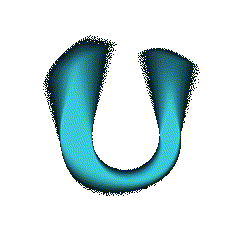The Nutcracker doesn’t require long introductions; just like it’s not necessary to explain what the New Year is. A limpid Mozart-style overture openы the performance, the snow is falling, the honey-coloured windows of the Stahlbaum house are glowing softly, and the Christmas tree lights up the house. Then the tree starts growing, the gingerbread soldiers fight with rats, the nutcracker doll turns into a prince, and everyone goes to the Land of Sweets.
The production by Vasily Vainonen, which has been performed at the Mariinsky Theater since 1934 nowadays is considered the best version of The Nutcracker. This production is currently performed at the stage of the Ural Opera. Vainonen excluded fiction and mysticism from the original script, placing the action into the dream of the main character; he chose to ignore the darker parts of the score — he even interpreted the famous final adagio, in which tragic intonation is often assumed, as festive and ceremonial music.
The spectators, who are about to see The Nutcracker for the first time, are entitled for a cozy and colourful feast, but those who go to Vainonen’s ballet for the second and third time will be generously rewarded. The music and the choreography of The Nutcracker only seem to be very familiar: you can listen to the whimsical orchestral flow for a long time, in which Mozart-style fragments coexist with Wagner-inspired climaxes; study the design of Vainonen’s corps de ballet ensembles in detail; admire the exceptional musical and plastic wit in the suite of national dances — and eventually discover that The Nutcracker, although universally recognized as a classic performance, is provocative in many ways.





